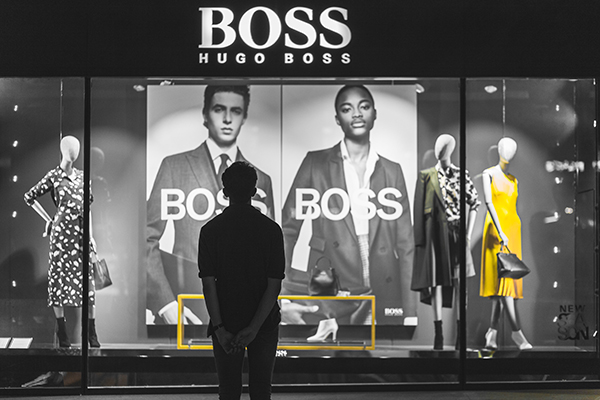Bricks and mortar retailers of cosmetics and household goods are among the consumer segments most at risk of losing business to e-commerce rivals in Europe, according to new analysis from Scope Ratings.
In both cases, consumer preference to buy online - a ‘maturity threshold’ - was compared with the extent to which they are already doing so, measured by e-commerce penetration rates.
“The gap between the two factors indicates how much more potential development there is for e-commerce in each segment,” said Scope Ratings analyst Adrien Guerin. “In other words, we can see the growth potential for online sales - and downside risk for bricks-and-mortar retailers.”
In terms of cosmetics and personal care, the digital-disruption potential is high considering many of the characteristics the relatively high-margin sub-sector shares with fashion where combined online and in-store business models are more advanced. At around 40 per cent, the preference of consumers to shop online for beauty products compares with a penetration rate of 22 per cent, stated the research.
“Scope believes that the sector is ripe for further change, partly because its high profit margins would allow specialist online suppliers to undercut incumbent retailers, offering attractive prices to consumers, and still turn a profit,” read the report. “Given consumers’ relatively high preference to buy online, the size of the digital market for this sub-sector should increase.”
As for furniture and home appliances, improving technology, particularly augmented-reality applications which let consumers visualise potential purchases at home, may narrow the wide gap between consumers’ appetite for shopping online – at nearly 40 per cent and a penetration rate of around 13 per cent.
Consumer electronics was deemed a mature segment, with consumer preference to buy online at more than 50 per cent and a penetration rate of around 38 per cent, while in fashion, online shopping is well developed, though there is room for growth. A high 40 per cent consumer preference to shop online compares with just a 26 per cent penetration rate for fashion retailers.
The laggard in the digitalisation process is online food retailing, which with just a four per cent online penetration rate, represents one of the largest and most difficult markets for e-commerce to unlock.
While Scope suggested Europe should escape the so-called ‘retail apocalypse’ in the US and to some degree the UK, sectors with a wide gap between consumer preference for internet shopping and the volume of sales carried out online are the ones where further growth in e-commerce is most likely.
Beyond Channels: Redefining retail with Unified Commerce
This Retail Systems fireside chat with Nikki Baird, Vice President, Strategy & Product at Aptos will explore how unified commerce strategies enable retailers to tear down these barriers and unlock new levels of operational agility and customer satisfaction.
The future of self-checkout: Building a system that works for consumers and retailers
In this webinar, industry leaders discussed what the future of self-checkout looks like and how retailers can make the technology work for everyone.
© 2024 Perspective Publishing Privacy & Cookies










Recent Stories